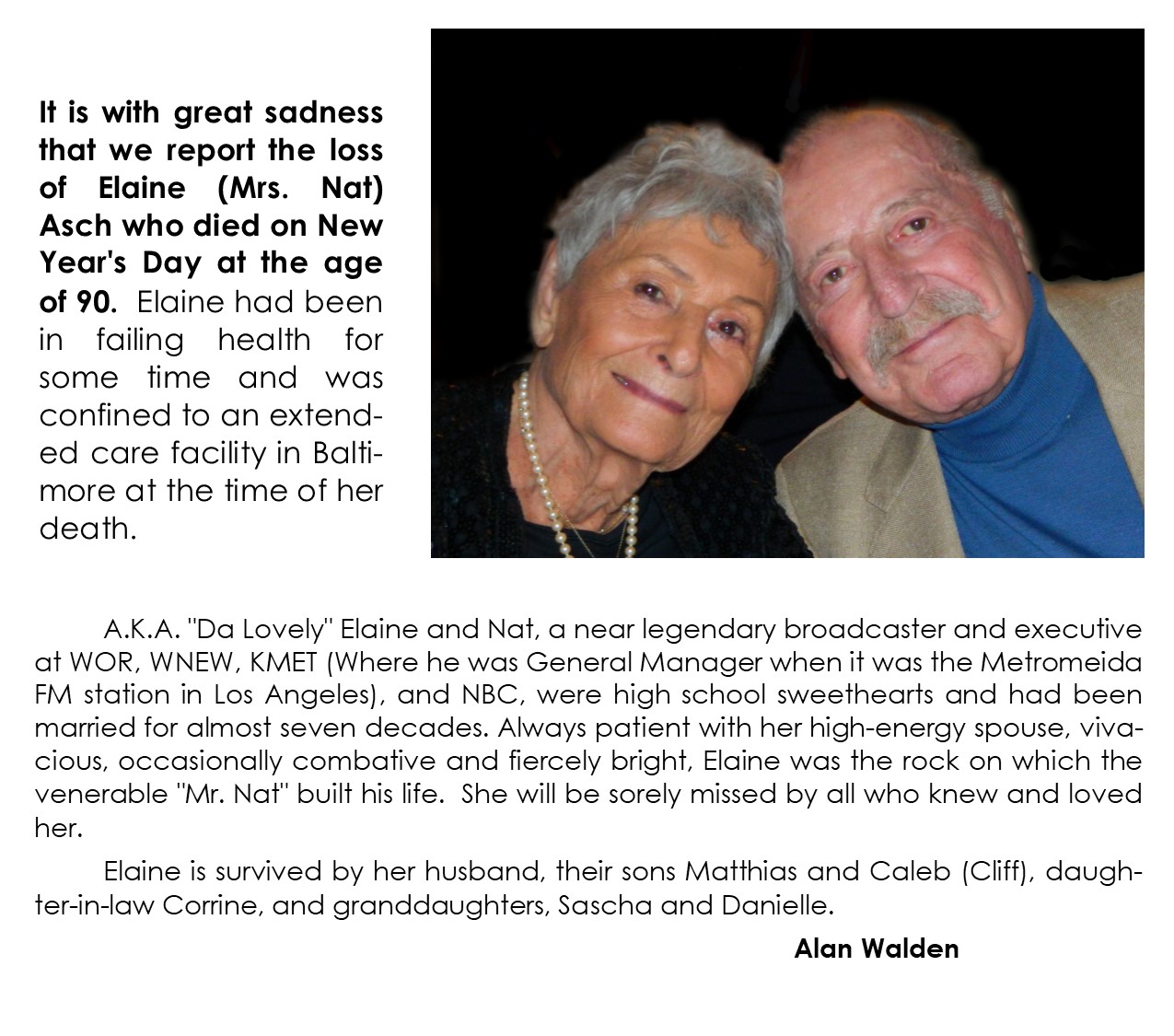
Funeral services for Elaine will take place on Friday, 12:00 Noon, at the Sol Levinson Funeral Home, 8900 Reisterstown Road, Pikesville, MD 21208. Interment will follow in the family plot in Annapolis.

Funeral services for Elaine will take place on Friday, 12:00 Noon, at the Sol Levinson Funeral Home, 8900 Reisterstown Road, Pikesville, MD 21208. Interment will follow in the family plot in Annapolis.
Showbiz legend, Rose Marie, died yesterday, December 28, at age 94. It was just a month ago when a feature appeared here about a documentary of her life and career then touring select movie house across the country.
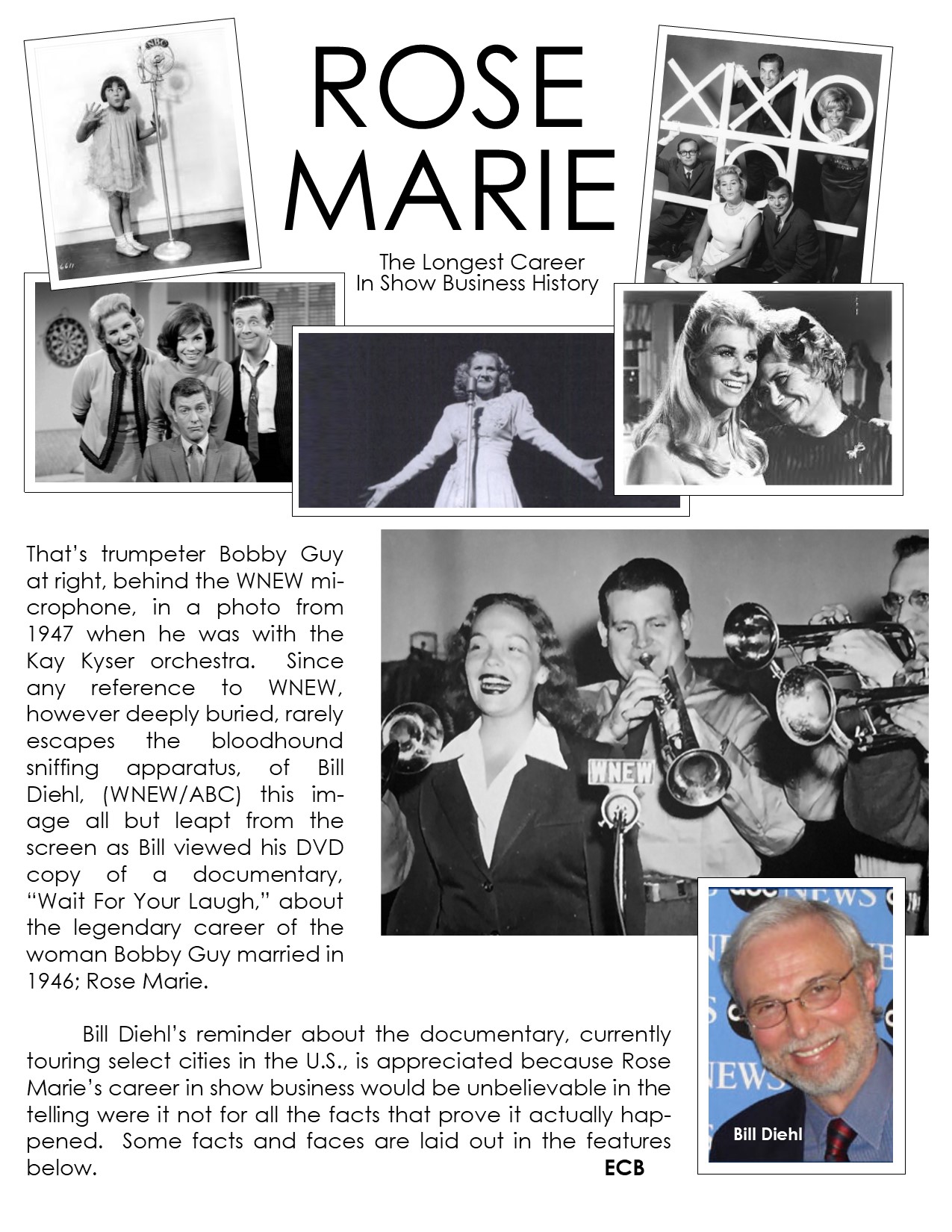

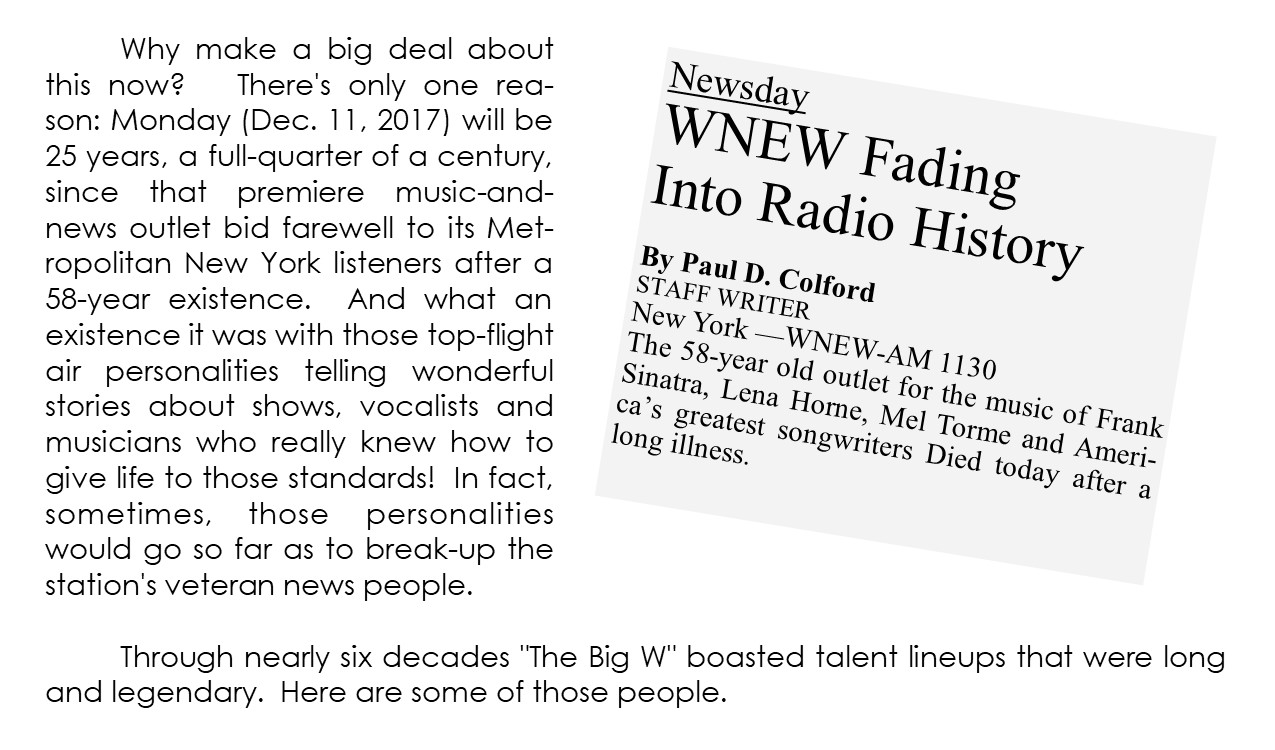

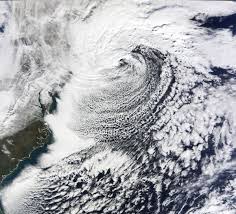

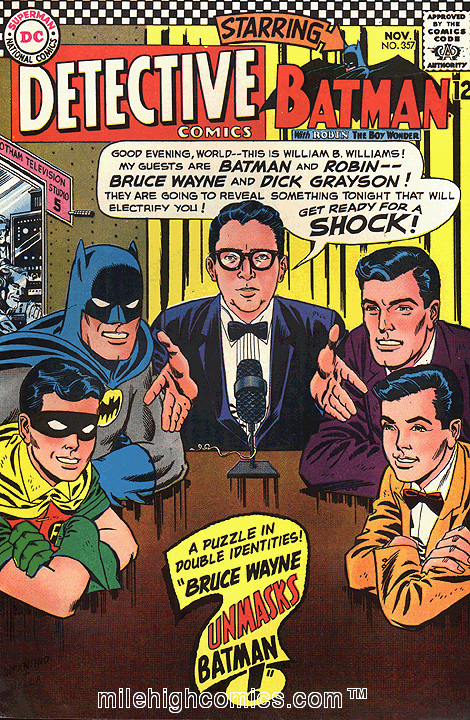

Gabe Pressman has died. He was 93. NY1 reported that he died in his sleep.
Gabe worked New York’s main streets and back alleys with note pad, mic and camera for about 60 years with the World Telegram and Sun, WNBC and WNBC-TV. Reproduced below is our posting for Gabe for his 90th birthday in 2014.

